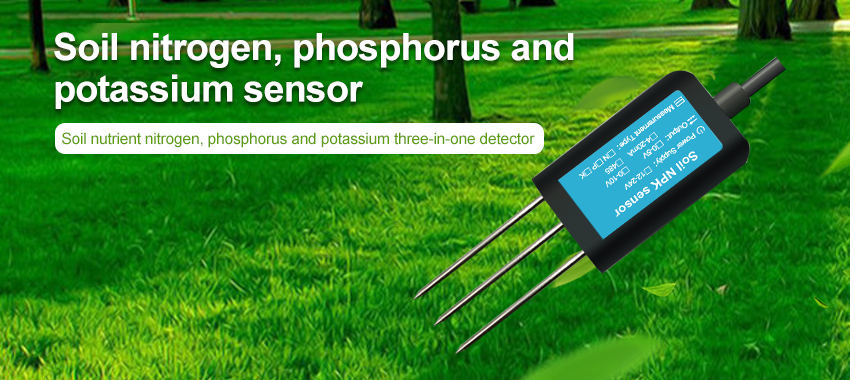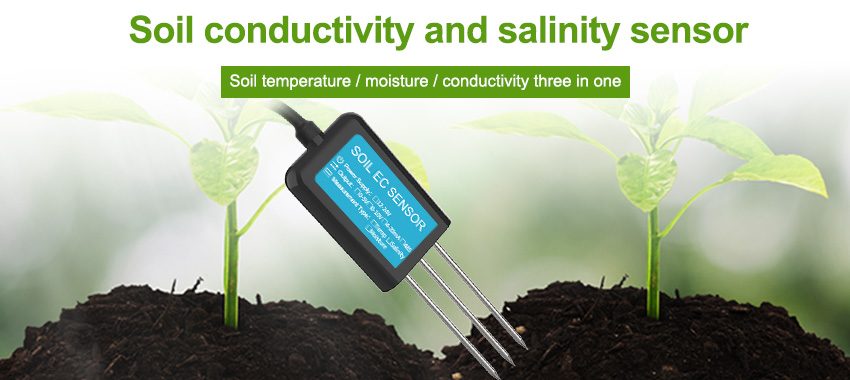Farming has undergone a revolutionary transformation in recent years, thanks to advancements in technology and the use of innovative tools. One such tool, soil sensor data, has proven to be a game-changer in the agriculture industry. In this article, we will dive deeper into how soil sensor data is revolutionizing farming practices, empowering farmers to make data-driven decisions for increased productivity and sustainability.

Understanding Soil Sensor Data:
Soil sensor data refers to the information collected from sensors placed in the ground to measure various soil parameters such as moisture levels, temperature, pH, and nutrient content. These sensors provide real-time and accurate data, enabling farmers to gain valuable insights into the soil health and make informed decisions regarding irrigation, fertilization, and crop management.
Optimizing Irrigation:
Water is a precious resource, and efficient irrigation is essential for sustainable farming. Soil sensors help farmers optimize irrigation practices by providing precise information about soil moisture levels. By monitoring the moisture content, farmers can avoid under or over-irrigation, ensuring plants receive the right amount of water at the right time. This not only conserves water but also improves crop yield and quality.
Enhancing Nutrient Management:
Healthy soil is vital for plant growth, and nutrient management plays a crucial role in maintaining soil fertility. With soil sensor data, farmers can accurately measure the nutrient levels in the soil and adjust fertilization accordingly. This prevents over-fertilization, reducing environmental pollution and production costs. By tailoring nutrient applications to the specific needs of each field, farmers can ensure optimum plant nutrition, leading to healthier crops.
Optimal Planting and Crop Management:
Soil sensor data helps farmers determine the best planting practices and crop management strategies. By assessing the temperature and moisture levels at different soil depths, farmers can identify the ideal time to plant various crops. Additionally, the data allows for efficient monitoring of crop growth and development. The sensors provide insights into factors such as oxygen availability, root health, and stress conditions, enabling farmers to take timely corrective actions and maximize crop productivity.
Disease and Pest Management:
Soil sensors also assist in disease and pest management. Certain soil conditions can contribute to the proliferation of harmful pests and diseases. By closely monitoring soil parameters, farmers can identify potential risks and take preventative measures. For instance, if soil moisture levels are excessively high, farmers can adjust irrigation practices to prevent the development of fungal infections. This proactive approach reduces the need for chemical interventions and fosters sustainable farming practices.

Integration with Precision Agriculture:
Soil sensor data integrates seamlessly with other precision agriculture technologies, further enhancing farming practices. It can be combined with aerial imagery, GPS mapping, and yield monitors to provide a comprehensive view of crop health and field variability. This holistic approach enables farmers to identify specific areas of concern, adjust management practices accordingly, and increase the overall efficiency of their operations.
Conclusion:
Soil sensor data is revolutionizing farming practices by empowering farmers with valuable insights into soil health and creating conditions for data-driven decision-making. With optimized irrigation, enhanced nutrient management, optimal planting and crop management, and improved disease and pest management, farmers can achieve higher yields, reduce costs, and promote sustainable farming practices. As technology continues to advance, the potential for soil sensor data to transform agriculture looks promising, heralding a new era of smart farming.
